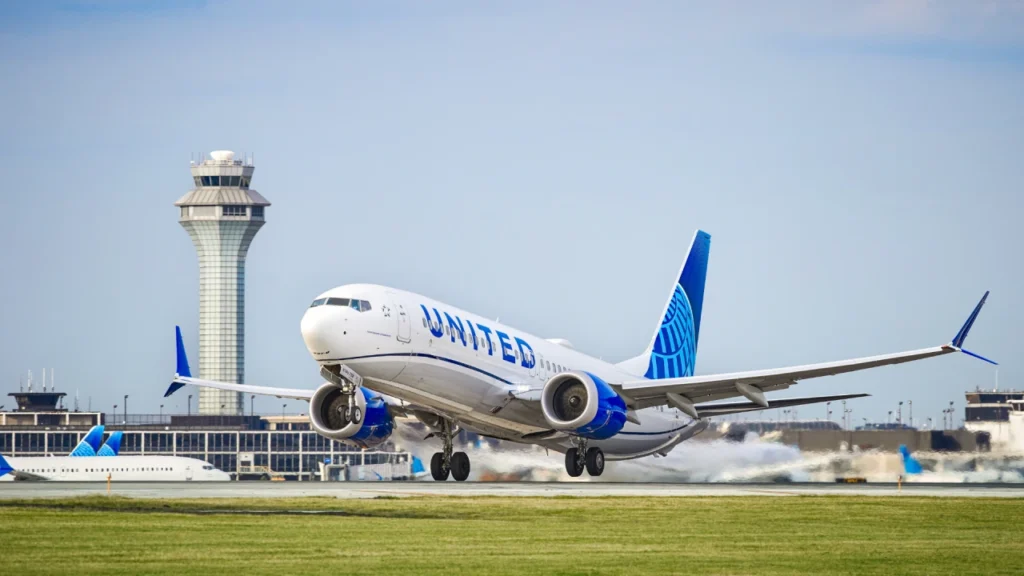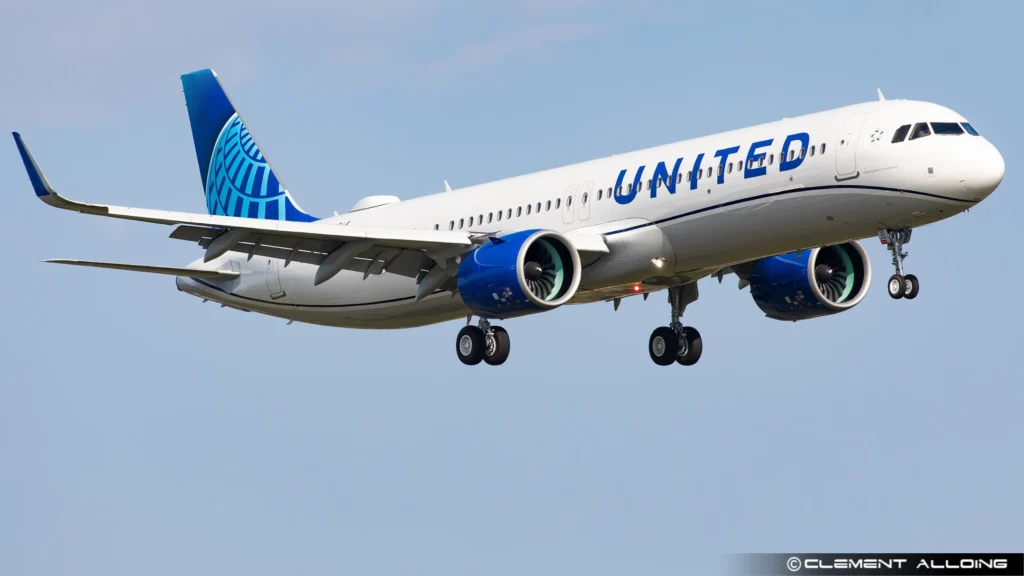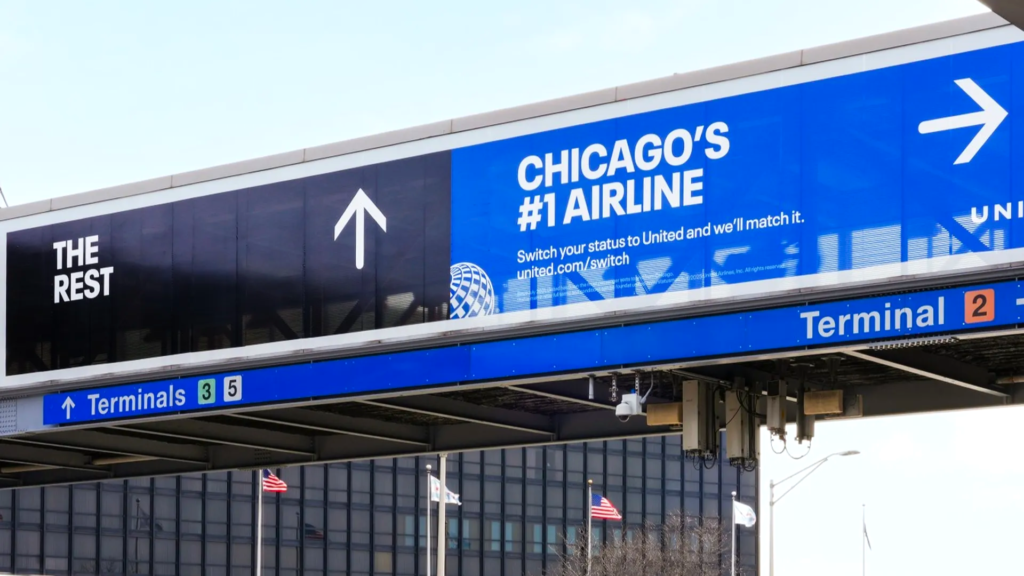CHICAGO— United Airlines (UA) CEO Scott Kirby marked Veterans Day with a bold message, declaring United “the best airline in the history of aviation.” The statement, shared from his alma mater, the United States Air Force Academy, was part of a broader address honoring military veterans.
Kirby’s remarks, made as United continues operations through its major hub at Newark Liberty International Airport (EWR), have reignited discussions on how the airline stacks up against both U.S. and international competitors in service quality, reliability, and innovation.


United CEO: Best Airline in History
Scott Kirby’s declaration positions United Airlines as an industry leader, but the claim invites scrutiny.
While United has improved its global network, technology, and in-flight offerings, aviation analysts question whether it truly outranks other carriers in history or even current performance metrics.
United’s global reach is undeniably impressive—it operates the largest international route network among U.S. airlines, with hubs in major cities such as Chicago (ORD), Newark (EWR), and San Francisco (SFO). However, on profitability, operational reliability, and passenger experience, Delta Air Lines (DL) still maintains a consistent edge.
Critics note that calling United the “best in history” overlooks pioneering airlines such as Pan Am, which defined international aviation in the mid-20th century, or Singapore Airlines (SQ), which remains a benchmark for service excellence.


Operational Strengths and Ongoing Challenges
United’s modernization efforts have been significant. The introduction of new Boeing 787-9 aircraft and Airbus A321neos promises better interiors, seatback entertainment, and improved connectivity. The airline is also rolling out Starlink Wi-Fi, expected to enhance onboard internet quality across its fleet.
Yet, challenges persist. Newark (EWR), United’s transatlantic gateway, remains a bottleneck plagued by congestion, weather-related delays, and airspace constraints.
Passenger experience remains inconsistent, particularly in business class, where the aging Polaris seat is less competitive than premium cabins offered by international rivals such as Emirates (EK) and Qatar Airways (QR).
Food quality, lounge crowding, and loyalty program devaluations have also drawn frequent traveler criticism. MileagePlus, once a strong loyalty platform, has seen multiple reward restrictions and rising redemption costs, frustrating elite members.


Comparing Industry Benchmarks
When measured against historical leaders, United’s claim becomes harder to defend. Pan American World Airways revolutionized global travel through the jet age, while Southwest Airlines (WN) reshaped U.S. aviation economics with its low-cost, high-efficiency model.
Singapore Airlines and Emirates set modern standards for luxury and innovation, maintaining profitability and service quality for decades.
United, while a major global carrier, remains in a rebuilding phase—progressing but not yet at the pinnacle of aviation excellence.


Leadership and Employee Motivation
Despite the exaggeration, Kirby’s statement may serve a strategic internal purpose. By inspiring employees with an aspirational vision, he reinforces company pride and alignment toward shared goals. His leadership has already steered United through pandemic recovery and positioned it for future growth.
Even critics concede that United’s trajectory under Kirby is positive. The airline is more competitive, technologically advanced, and globally connected than it was a decade ago.


US Senate Government Funding Bill
The US Senate has approved a bill to end the nation’s longest federal government shutdown, drawing praise from United Airlines (UA).
The funding impasse had paralyzed key government functions, disrupting operations across major airports, including Washington D.C. (DCA) and New York (JFK).
The 35-day shutdown severely strained aviation services as FAA and TSA employees continued working without pay. Airlines faced mounting delays and cancellations, while United hailed the Senate’s move as a critical step toward restoring normal air travel operations.
Senate Breakthrough Offers Relief to Aviation Sector
The funding bill’s passage marks a turning point in a standoff that left much of the federal workforce unpaid and the aviation system under immense pressure. The Federal Aviation Administration (FAA) was forced to impose ground delays at major hubs, including Chicago O’Hare (ORD) and Atlanta Hartsfield-Jackson (ATL), as controller staffing hit unsafe levels.
For weeks, airlines trimmed schedules—not because of weather or demand—but due to a shortage of qualified air traffic controllers. United Airlines noted that its operations and passengers faced significant disruptions stemming from the shutdown’s impact on essential personnel.
United issued a statement thanking senators who voted to advance the legislation, emphasizing that both air traffic controllers and TSA officers had “worked tirelessly without pay for over a month.” The carrier urged swift passage in the House to reopen the government and stabilize travel ahead of the busy holiday season.
By Monday morning, the Senate’s approval sent the measure to the House, which signaled its support. With presidential assent expected soon, the end of the record-breaking shutdown appeared imminent.


Lasting Impacts on Air Travel
Despite the bill’s progress, experts caution that aviation recovery will take time. FAA staffing levels will not rebound overnight, even with back pay restored.
Training and certification for new controllers follow strict safety timelines, meaning flight schedules may remain conservative for several weeks.
Airlines will gradually restore trimmed flights, but the broader effects on system reliability and traveler confidence may linger well into the new year. The episode has exposed how vulnerable U.S. aviation remains to political gridlock, despite being a critical national infrastructure.
Lessons for the Future
The shutdown revealed that air traffic control operations are not insulated from political disputes, leaving essential aviation functions dependent on timely government funding.
Industry analysts warn that without policy reforms to protect these services, future stalemates could again threaten national airspace operations.
While the latest vote provides relief, it’s a temporary fix rather than a long-term safeguard. The event underscores the need for structural resilience in federal aviation management—ensuring the skies stay open regardless of political deadlock.
Stay tuned with us. Further, follow us on social media for the latest updates.
Join us on Telegram Group for the Latest Aviation Updates. Subsequently, follow us on Google News


